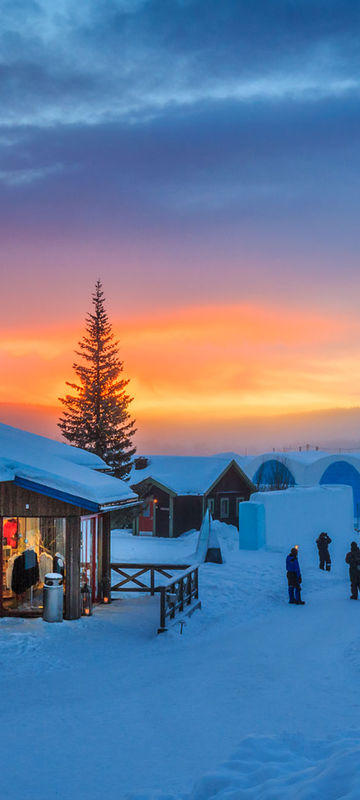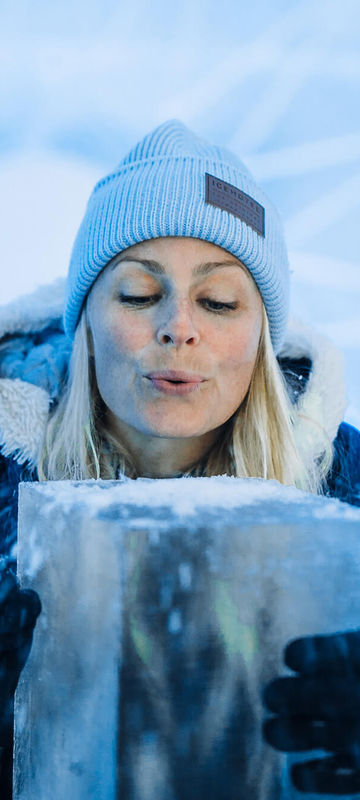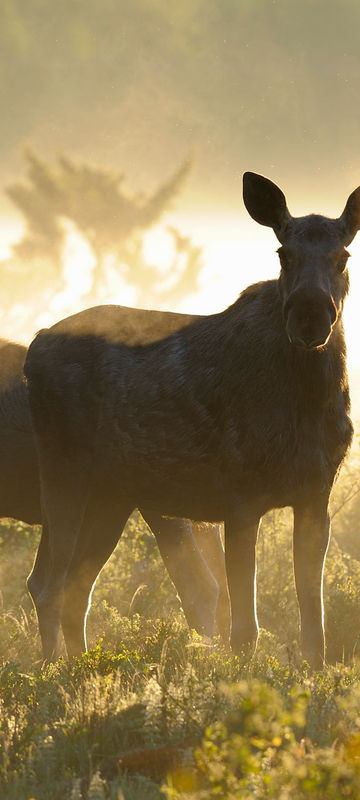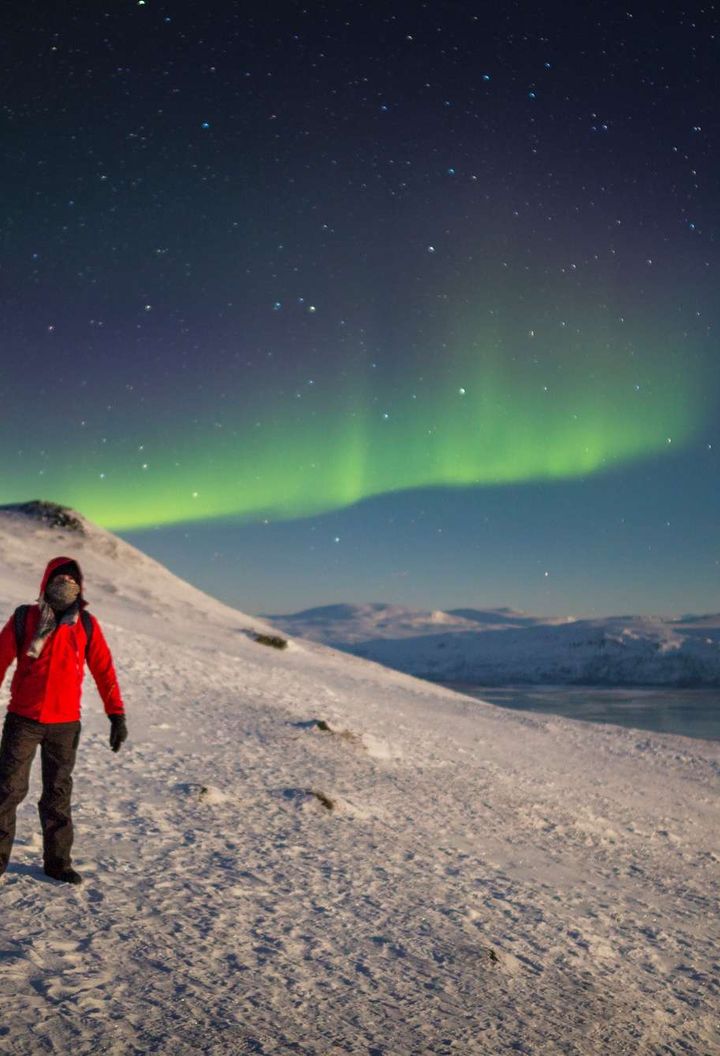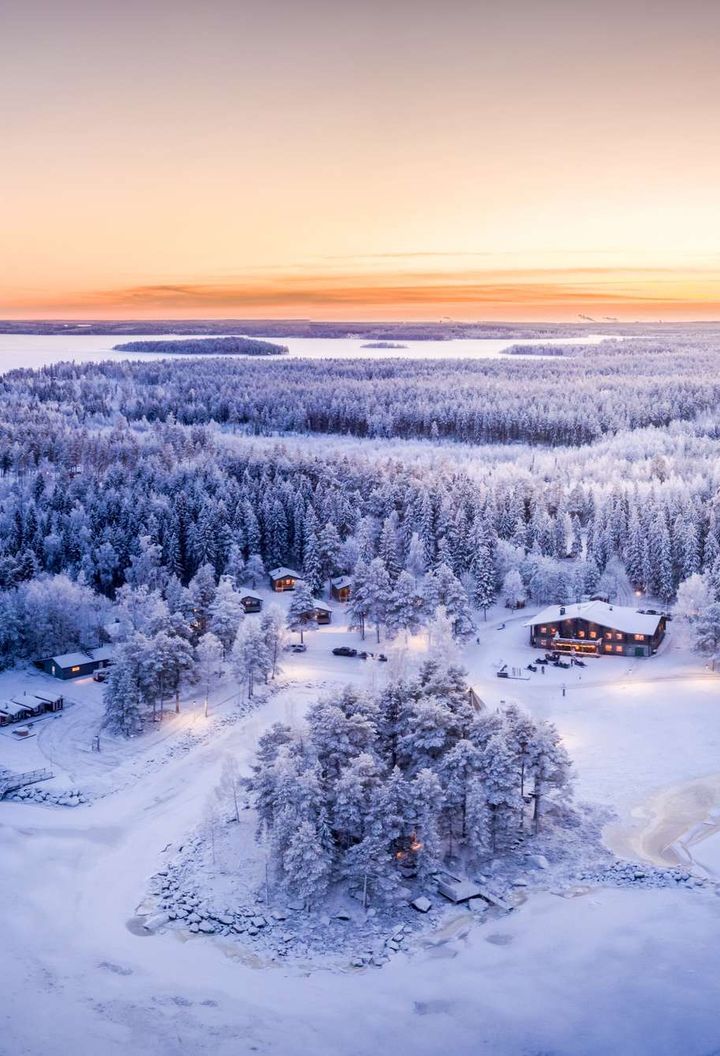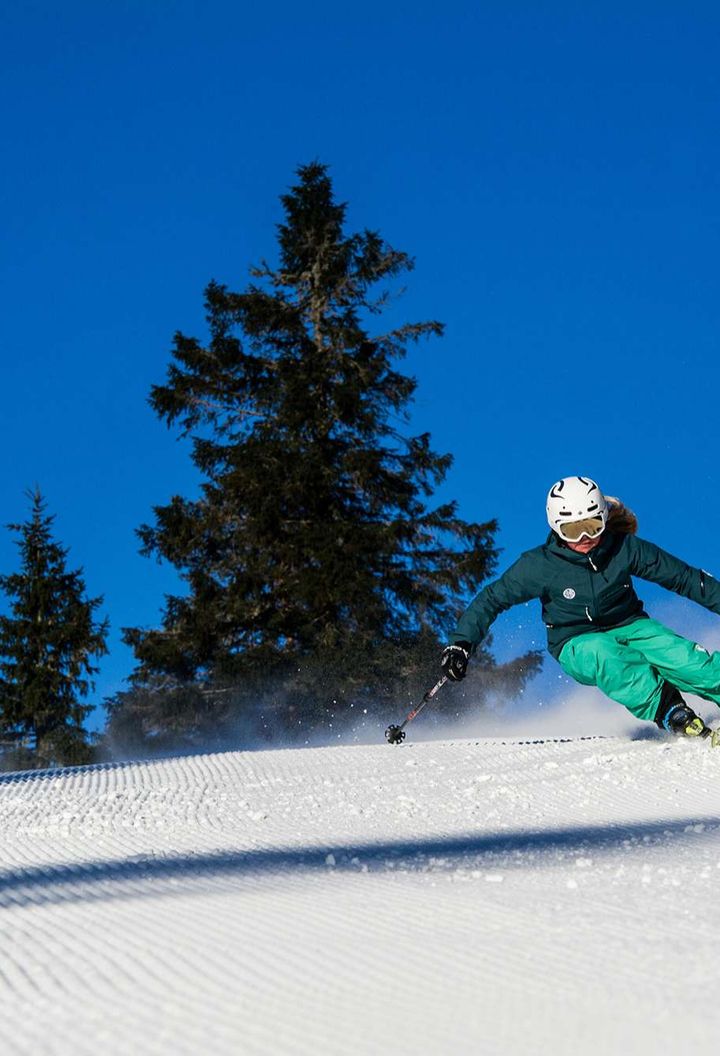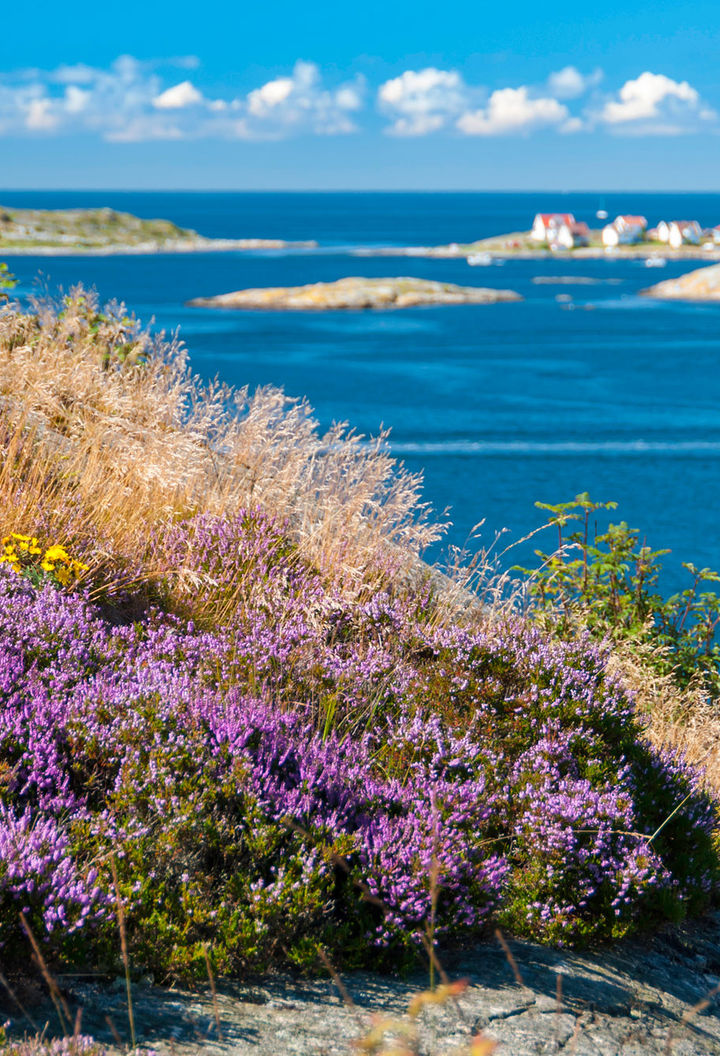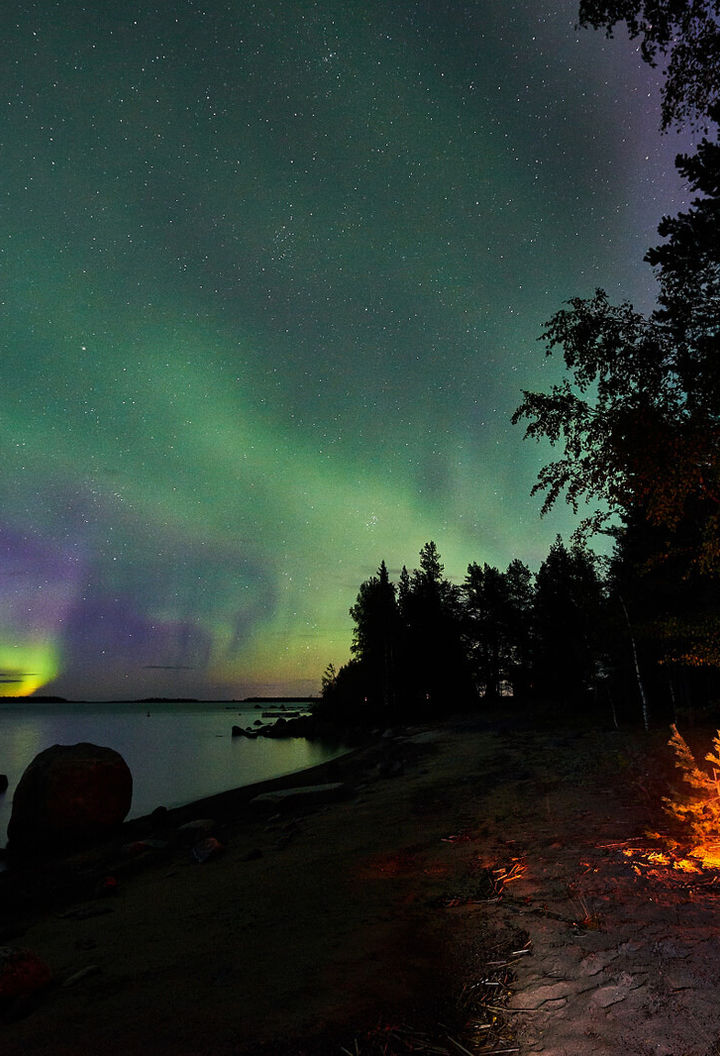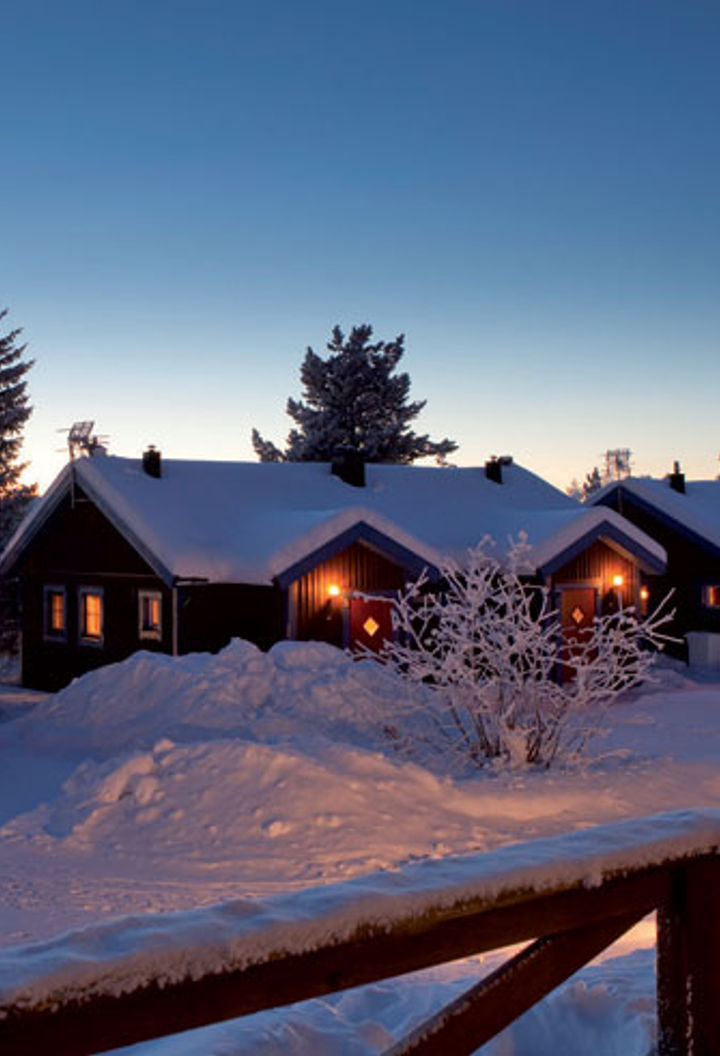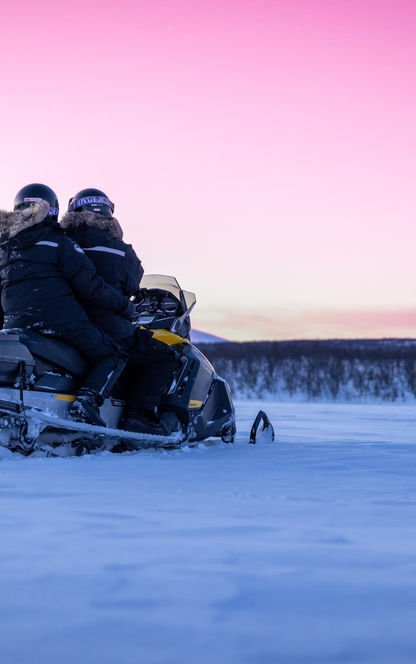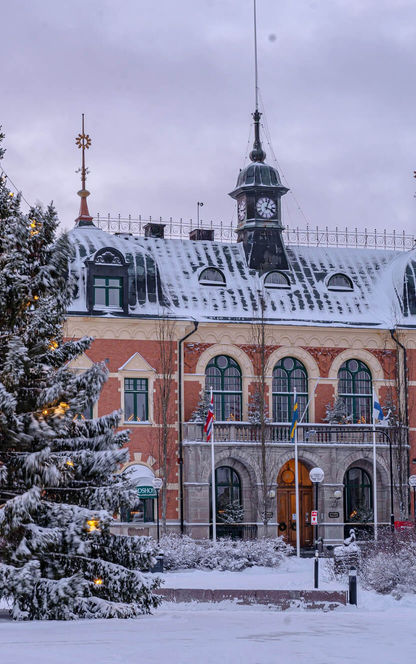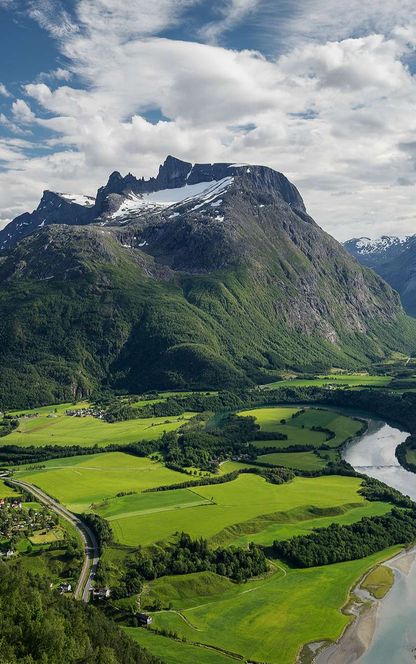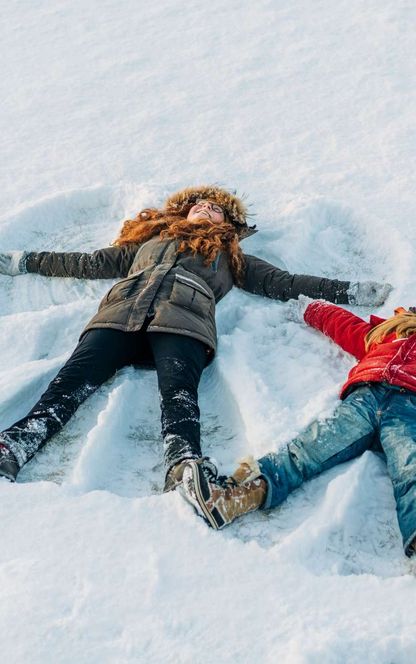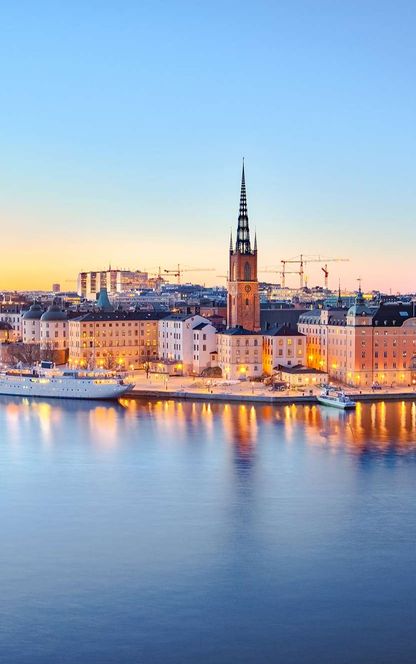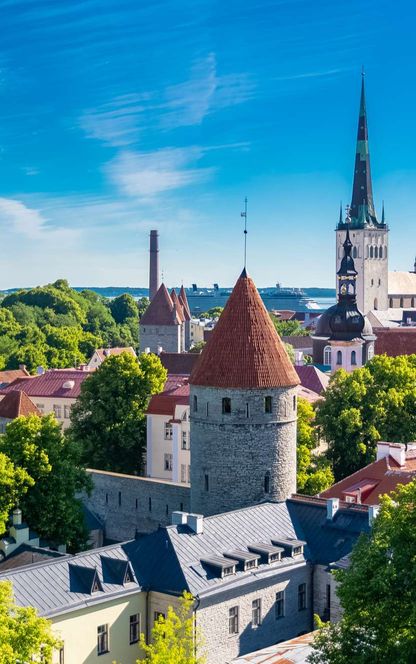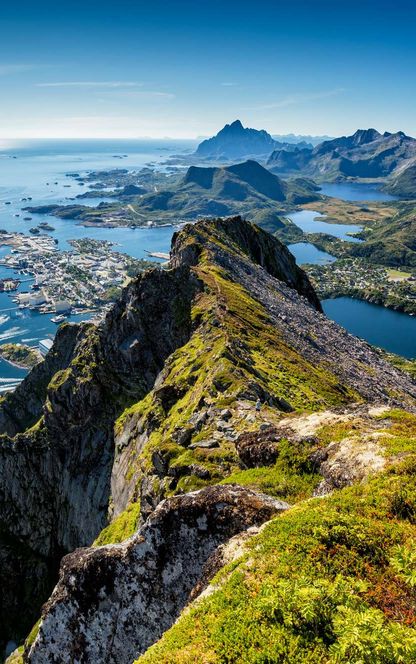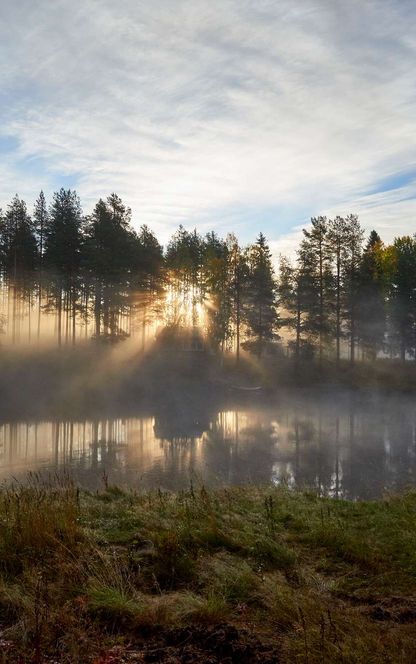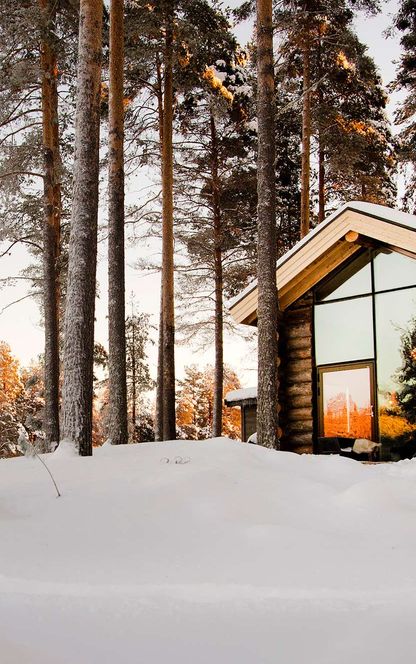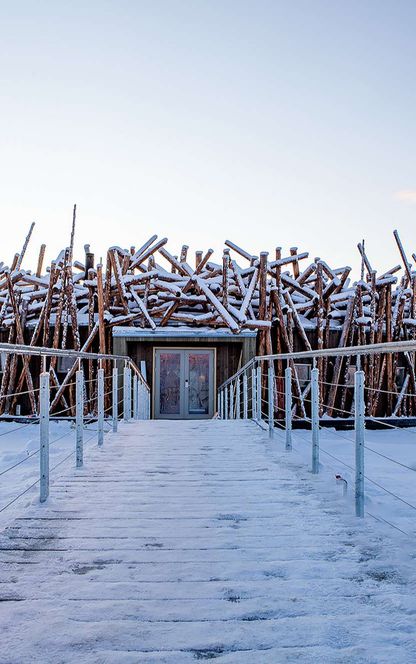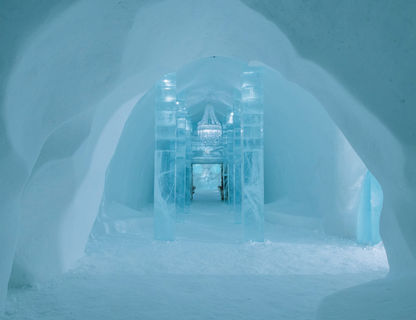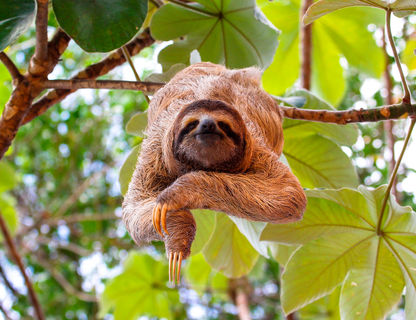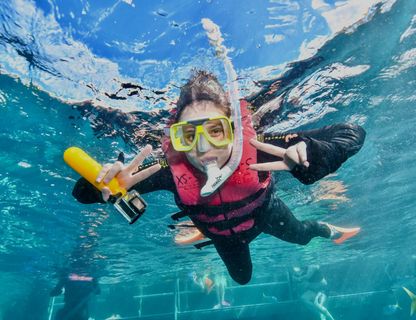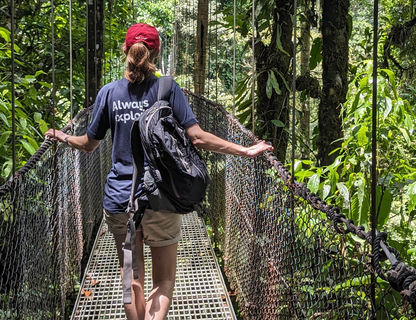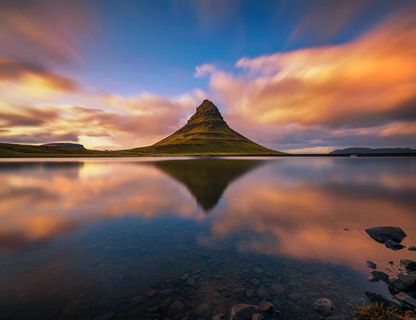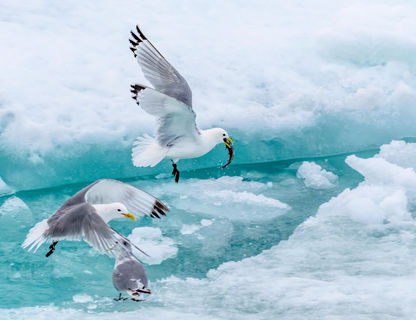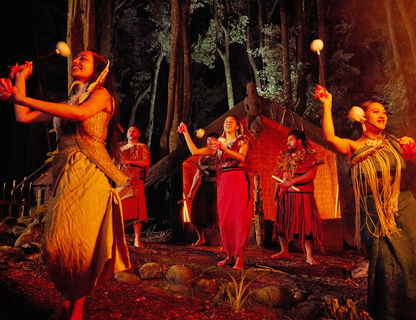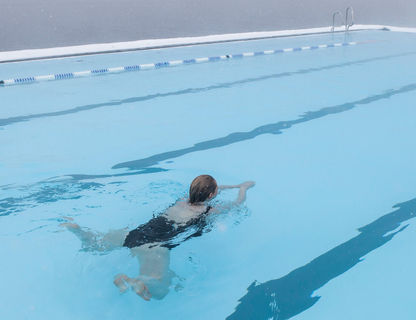Sweden in Winter (Nov-Feb)
Forged using thousands of tonnes of ice from the frozen River Torne, the seasonal Icehotel is reborn each winter in the village of Jukkasjarvi in Swedish Lapland. Sculptors transform its interior into exquisite yet ephemeral ice art – the fabulous suites enchanting guests for a few months before the unique creation melts back into the river. A new addition, Icehotel 365 is a permanent ice experience with an ice bar, ice gallery and ice suites, offering the magic of the Icehotel to summer visitors as well.
During winter, the snow-covered landscape is a pristine playground for snowmobiling and husky sledding – not just at the Icehotel, but at destinations throughout northern Sweden, including Lulea on the shores of the frozen Gulf of Bothnia. Another highlight of a winter visit is the chance to go northern lights watching. With no light pollution and frequent cloudless skies, the mountain wilderness of Abisko National Park is renowned for its displays of the aurora borealis. The Abisko Mountain Station has grand views across Lake Tornetrask and surrounding fells, while a chairlift ride to the Aurora Sky Station puts you on top of the world when the northern lights are blazing away.
























